Core Advantages of Stainless Steel CNC Machining Services
In the field of precision manufacturing, stainless steel CNC machining services are reshaping industry standards with their unique technological advantages. This machining method achieves high-precision cutting, drilling, and forming of stainless steel materials through cnc technology.
The advantages of stainless steel CNC machining services :
Material utilization rate increased by more than 30%
Machining accuracy controlled within ±0.01mm
Capability to form complex structures in one step
Reducing clamping times by 80%, significantly reducing cumulative errors
Compared to traditional machining, stainless steel CNC machining services can complete the machining of irregular curved surfaces that are difficult to achieve with traditional processes, such as the hyperboloid structure of the combustion chamber of an aero-engine. High-precision machining of complex geometries can be achieved through 5 axis linkage technology.
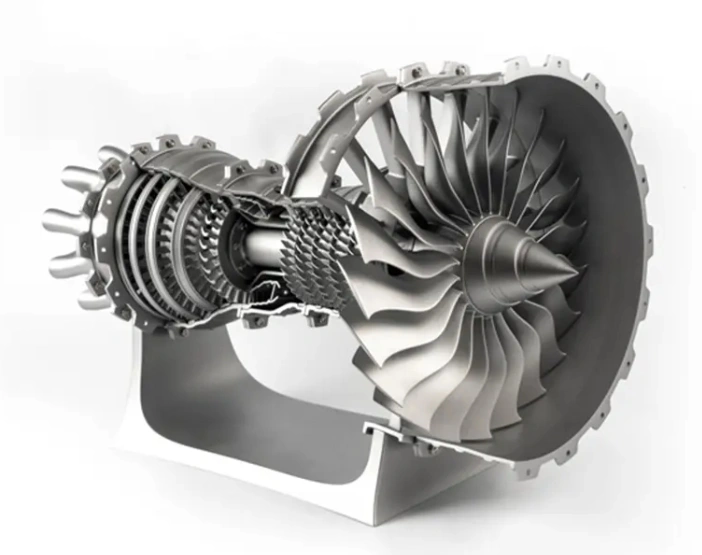
Material adaptability is a prominent highlight of stainless steel CNC machining services. WELDO has developed a dedicated cutting parameter database to address the specific properties of different stainless steel materials:
304 Stainless Steel: Solves material adhesion issues, extending tool life by 40%
316L Stainless Steel: Optimizes machining parameters for high-strength materials
17-4PH Stainless Steel: Adjusts machining strategies based on heat treatment characteristics
Low-Temperature Cutting Technology: Effectively avoids work hardening
Surface roughness controlled below Ra 0.8μm.
This deep synergy between materials, processes, and equipment enables stainless steel CNC machining services to meet the stringent requirements ranging from medical implants to deep-sea engineering components.
Cost optimization capabilities are equally significant. By adopting a modular fixture system, stainless steel CNC machining services achieve several efficiency improvements:
Changeover time reduced from 2 hours in traditional machining to 15 minutes
Unit cost reduced by 25% for small-batch custom orders
Production cycle reduced from 14 days to 5 days (medical device case)
Defect rate reduced from 3.2% to 0.8%
This balance of “precision-efficiency-cost” is the key to the continued penetration of stainless steel CNC machining services in high-end manufacturing.
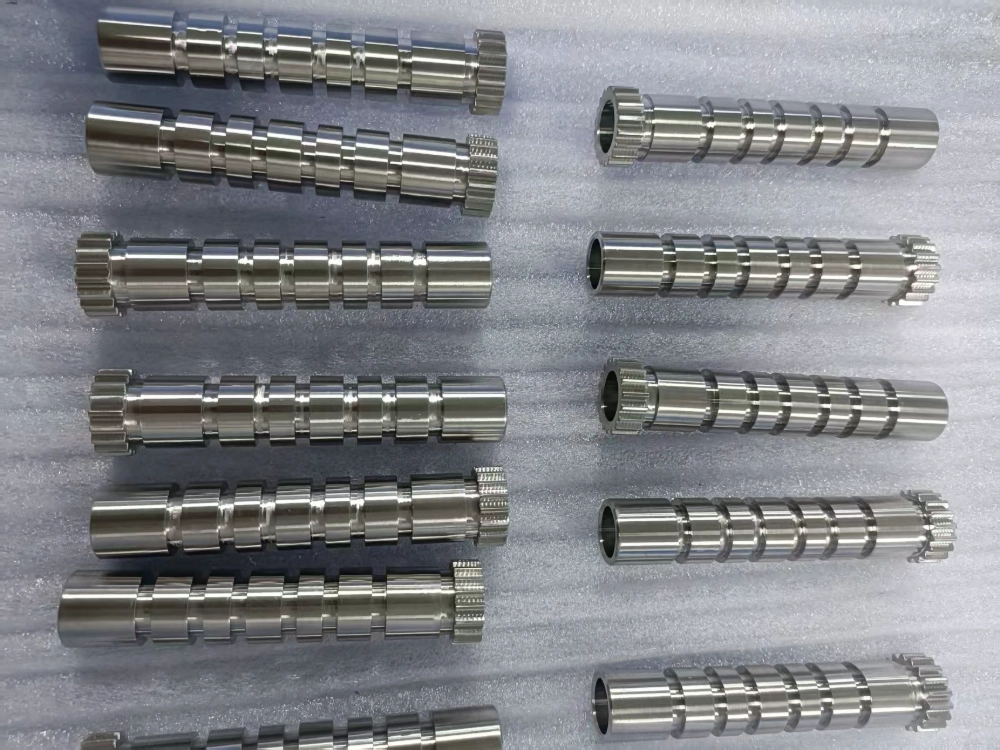
Stainless Steel Material Selection Guide
Stainless Steel Grade Analysis
Stainless steel materials can be divided into four main categories based on their microstructure. Each category exhibits significant differences in chemical composition, mechanical properties, and processing characteristics, directly impacting the selection of CNC machining processes and the performance of the final product.
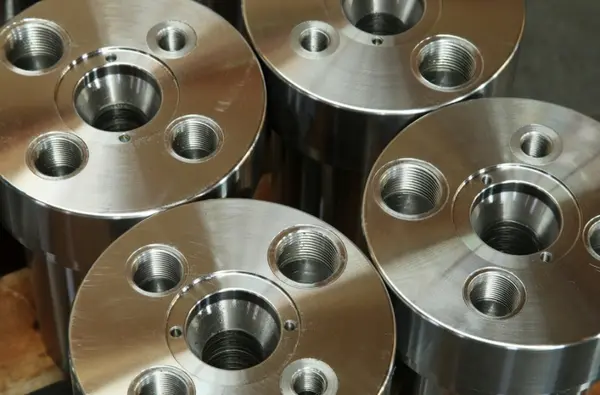
Austenitic Stainless Steel
Possesses excellent corrosion resistance and weldability, is non-magnetic, and is the most widely used type of stainless steel in CNC machining:
304 (18Cr-8Ni): Contains 18% chromium and 8% nickel, tensile strength 515MPa, hardness ≤95HRB
Processing characteristics: Easy to cut, good surface finish, suitable for precision parts machining
Typical applications: Food machinery, medical device housings
316L (17Cr-12Ni-2.5Mo): Contains 2.5% molybdenum, excellent corrosion resistance
Good weldability, strong resistance to pitting corrosion, suitable for chemical equipment and marine engineering
Processing precautions: Cutting temperature must be controlled to prevent work hardening.
Ferritic Stainless Steel
Possesses good thermal conductivity and resistance to corrosion. Oxidizing properties, lower cost than austenitic stainless steel:
430 (17Cr): Contains 17% chromium, hardness ≤90HRB, thermal conductivity 15W/(m·K)
Machining characteristics: Suitable for shallow drawing, low cutting force
Applications: Appliance panels, decorative parts
444 (19Cr-2Mo): Pitting resistance equivalent PREN≥32, can replace 316L
Good weldability, used in water heaters, heat exchangers.
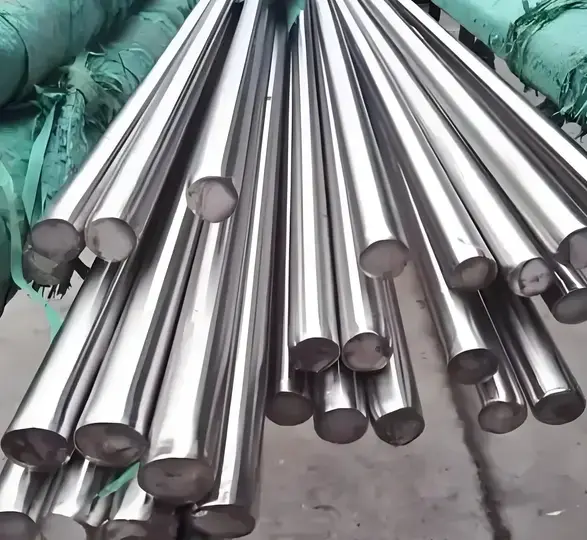
Martensitic stainless steel
Can be strengthened by heat treatment, possessing high strength and wear resistance:
410 (13Cr): Contains 13% chromium, hardness after quenching 50-55HRC
Machining characteristics: Suitable for tool manufacturing, requires aging treatment to control deformation
Typical applications: Valve parts, machine tools
440C (17Cr-0.9C): High carbon content, excellent wear resistance.
Used for precision molds and bearing components.
Machining challenges: Requires specialized cutting tools to handle high-hardness materials.
Duplex Stainless Steel
Combining the properties of austenitic and ferritic stainless steels, it boasts high strength and excellent corrosion resistance:
2205 (22Cr-5Ni-3Mo): Yield strength 450MPa, resistant to seawater corrosion
Machining characteristics: High strength results in high cutting forces, requiring equipment with good rigidity
Applications: Oil and gas extraction equipment, seawater desalination plants.
2507 (25Cr-7Ni-4Mo): Super duplex steel, PREN ≥ 40
Used in deep-sea engineering and pipeline systems for extreme environments.
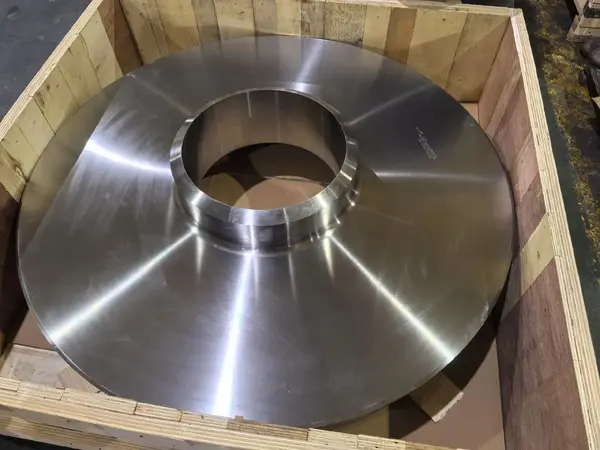
Comparison of Stainless Steel Performance Parameters
| Types | Typical Grades | Cr Content (%) | Tensile Strength (MPa) | Processing Characteristics |
| Austenitic | 304 | 18-20 | ≥515 | Easy to cut, good weldability |
| Ferritic | 430 | 16-18 | ≥450 | Good thermal conductivity, moderate formability |
| Martensitic | 410 | 12-14 | ≥630 | Requires aging treatment, excellent wear resistance |
| Dual-phase steel | 2205 | 21-23 | ≥620 | High strength, resistant to stress corrosion |
Economic considerations must also be taken into account when selecting materials. The raw material cost of 304 stainless steel is approximately $4,000 per ton, while 316L costs $6,000 per ton, and 17-4PH reaches as high as $10,000 per ton.
WELDO’s material advisor system can intelligently recommend the optimal material solution based on the mechanical requirements of the parts, the operating environment, and the batch size. One automotive parts customer reduced raw material costs by 18% through material optimization while maintaining performance.
Application Area Solutions
Stainless steel CNC machining services demonstrate unique technical adaptability across various industries, meeting specific requirements through customized process solutions.
Medical Devices:
Clean machining processes compliant with ISO 13485 standards
High-speed milling (15000rpm) combined with micro-lubrication technology
Surface bacterial residue controlled below 10 CFU
Hip joint prosthesis case: Integrated manufacturing of porous coatings and precision mechanical structures
40% increase in bone ingrowth rate.
Aerospace:
316L stainless steel fuel tank machining: Gradual wall thickness design and vibration aging treatment
Temperature cycling test: Zero leakage maintained from -60℃ to 120℃
Adaptive cutting technology: Real-time compensation for elastic deformation during stainless steel machining
Blade tenon fit accuracy reaches H7/g6 level
Food Processing Equipment:
Hygienic design and corrosion resistance are core considerations
Electropolishing and passivation treatment: Surface finish reaches Ra0.4μm
Chloride ion content controlled below 0.03%
Use of specialized cutting fluid to meet FDA 21 CFR Part 175.300 Standard
Completely eliminates bacterial growth hotspots
Energy Industry
Nuclear Power Control Rod Drive Mechanism: Integral machining of 17-4PH stainless steel
Key dimensional tolerances controlled within ±0.008mm
Withstands 1500bar water pressure test
Finite element analysis optimizes cutting path: machining stress reduced by 35%
Solve the deformation problem of large components
These cross-industry application cases demonstrate that stainless steel CNC machining services have become a key supporting technology for high-end manufacturing.
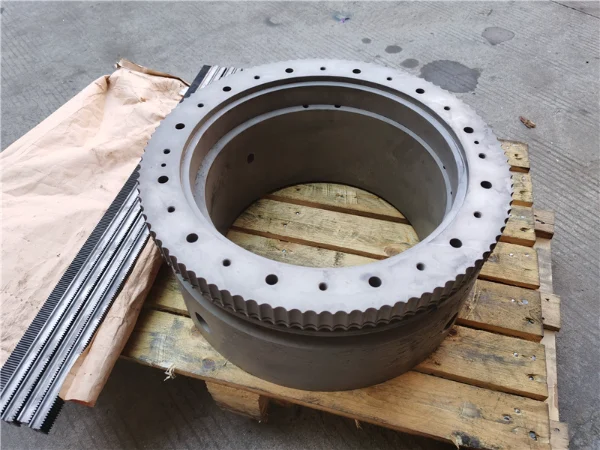
Surface finish for stainless steel cnc machining parts
Here are ten surface treatment options for CNC machined stainless steel parts and their functions:
Mechanical Polishing
Function: Removes oxide scale, weld marks, and roughness by polishing the surface with sandpaper, grinding wheels, etc., improving surface finish. Suitable for mass production, such as quickly improving surface smoothness in stainless steel tableware manufacturing.
Electrolytic Polishing
Function: Dissolves tiny surface bumps using an electric current, creating a mirror effect and enhancing corrosion resistance. Commonly used in high-end medical device parts to ensure a smooth surface and reduce bacterial growth.
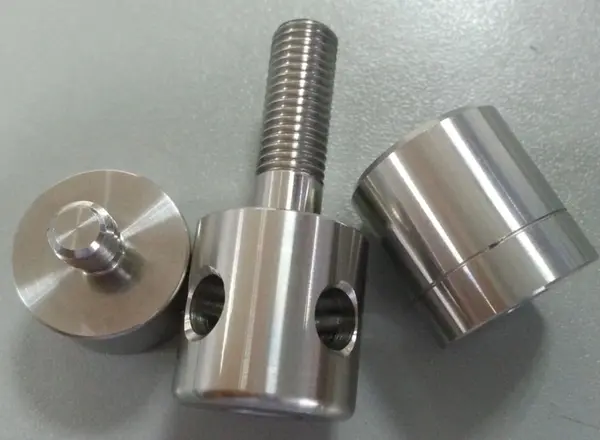
Chemical Polishing
Function: Dissolves surface impurities using a chemical solution to achieve a smooth finish. Suitable for large-scale production at a lower cost, but the finish is slightly inferior to electrolytic polishing, and strict waste liquid treatment is required to avoid contamination.
Sandblasting
Function: Uses high-speed jets of fine particles (such as glass beads) to impact the surface, creating a uniform texture. Increases the surface friction coefficient, conceals defects, and provides an adhesion base for subsequent coatings, such as for anti-slip treatment of architectural handrails.
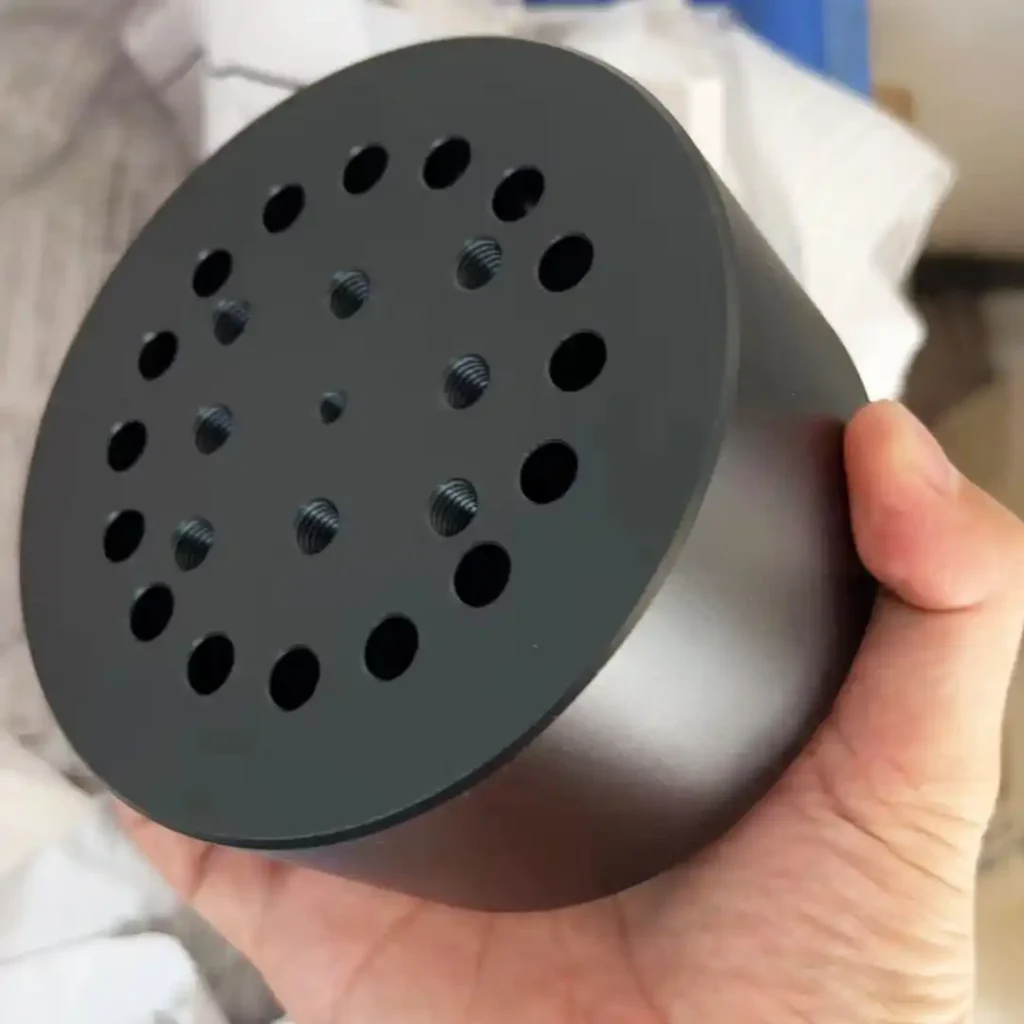
Brushing
Function: Wipes the surface in a specific direction with a hard fiber brush, leaving parallel fine scratches. Enhances decorative value and provides anti-slip properties, commonly found on appliance casings (such as refrigerators and ovens), preventing fingerprint residue and facilitating operation.
Passivation Treatment
Function: Forms a dense oxide film on the surface, blocking moisture and oxygen contact, significantly reducing the risk of corrosion. Suitable for coastal building structures or chemical equipment pipelines, extending service life in highly corrosive environments.
Electroplating Treatment
Function: Forms a coating by electrolytically depositing metals (such as chromium and nickel), improving corrosion resistance, hardness, and appearance. For example, chromium plating on electronic device casings enhances wear resistance and gives a metallic luster.
Spray Coating
Function: Uses a spray gun to evenly cover the surface with paint, changing color and texture. A variety of materials are available to achieve different decorative effects, but caution should be exercised when using some paints as they may damage the oxide film, especially in specific applications.
PVD (Physical Vapor Deposition) Coating
Function: Evaporates a metal target (such as titanium or chromium) in a vacuum environment and deposits it on the surface, forming a hard film (such as titanium nitride). Improves wear resistance, corrosion resistance, and heat resistance, suitable for high-strength applications such as knives and molds.
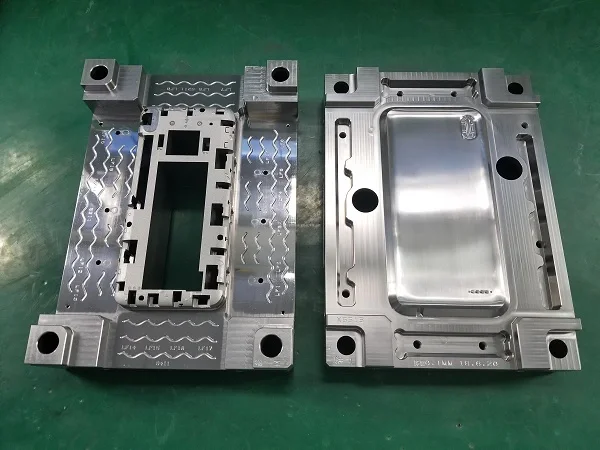
Chemical coloring treatment
This process forms a colored oxide film on the surface through a chemical reaction, imparting rich colors and enhancing wear resistance. For example, colored stainless steel sheets are used in architectural decoration, achieving artistic effects through electroplating or spraying. However, it should be noted that wear resistance may decrease.
The following is a table summarizing surface finish.
| Surface finish methods | Functions | Typical application scenarios |
| Mechanical polishing | Removes oxide scale, weld seams, and rough imperfections, improving surface finish. | Mass production (e.g., stainless steel tableware, tubing) |
| Electropolishing | Creates a mirror finish, enhances corrosion resistance, and reduces bacterial growth. | High-end medical device components and food processing equipment. |
| Chemical polishing | Achieves surface smoothing through chemical dissolution; relatively low cost. | Large-scale production is possible (but wastewater treatment must be carefully considered). |
| Sandblasting | Creates a uniform texture, increases the coefficient of friction, and conceals surface defects. | Architectural handrails and automotive parts (for anti-slip requirements). |
| Brushed finish | Leaves fine, parallel scratches to enhance the aesthetics and provide a non-slip surface. | Appliance casings (refrigerators, ovens), elevator panels. |
| Passivation | Forms a dense oxide film, blocking moisture and oxygen, reducing the risk of corrosion. | Coastal building structures and chemical equipment pipelines. |
| Electroplating | Depositing a metallic coating (such as chromium or nickel) to improve corrosion resistance, hardness, and appearance. | Electronic device housings and decorative accessories. |
| Spray coating | Covering with paint alters color and texture, achieving diverse decorative effects. | Building curtain walls and industrial equipment casings (note the need for oxide film compatibility). |
| PVD Coating | Deposits hard thin films (such as titanium nitride) to improve wear resistance, corrosion resistance, and heat resistance. | Cutting tools, molds, aerospace components |
| Chemical coloring | A colored oxide film is formed through a chemical reaction, imparting rich colors and enhancing wear resistance. | Architectural decorative colored panels and art sculptures (wear resistance needs to be weighed). |
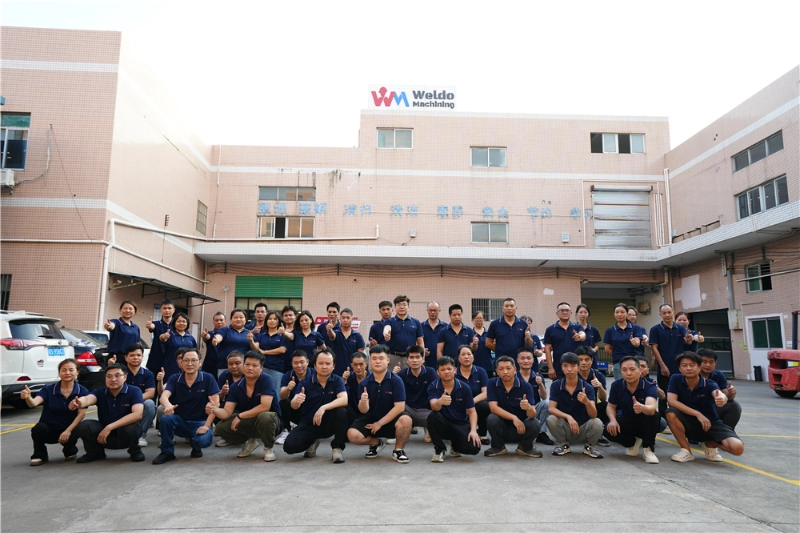
WELDO One-Stop Service Process
WELDO’s closed-loop stainless steel CNC machining service achieves end-to-end digital management from design to delivery, completely transforming the traditional linear collaboration model of manufacturing.
Design Optimization Phase:
Supports STEP/IGES format 3D model submission
AI process planning system completes manufacturability analysis (DFM) within 24 hours
Automatically identifies potential machining risks and provides optimization suggestions
Case Results: Machining time reduced by 32%, material utilization increased to 85%.
Production Execution Phase:
MES Real-Time Monitoring System: Customers can view progress through a dedicated portal
Real-time sharing of key process images and quality inspection data
Intelligent Scheduling System: Dynamically adjusts order priorities
Standard parts orders expedited delivery in as little as 48 hours
Emergency medical order records: From drawing confirmation to finished product shipment within 72 hours.
Quality Control System:
Quality control throughout the entire manufacturing process
Coordinate measuring machine (0.5μm accuracy)
Spectrometer and metallographic microscope inspection
Complete quality traceability report with each batch of products
Material certificate (EN 10204) (Level 3.1) Batch-level traceability management for medical implants.
Post-processing services:
Electropolishing, passivation, PVD coating, and other surface treatment processes
Marine engineering-specific superhydrophobic coating technology: extending corrosion resistance and lifespan by 5 times
Global logistics solutions: Strategic partnership with DHL
72-hour door-to-door delivery (major industrial cities worldwide)
Full-service handling of customs duties and compliance documents
This end-to-end service capability elevates stainless steel CNC machining services from a simple manufacturing link to a value creation partner.
Machining accuracy and quality control
The precision control system for stainless steel CNC machining services is built on a three-in-one technical architecture of “equipment-process-inspection”.
High-precision machining equipment:
Haas and Hurco cnc mill 5-axis machining center
Positioning accuracy ±0.001mm
Repeatability ±0.002mm
Stable machining of thin-walled 316L stainless steel structures (minimum wall thickness 0.3mm)
Temperature compensation system: Ambient temperature variation controlled within 0.001mm/m℃.
Process optimization is the core of ensuring stainless steel machining quality:
Layered cutting process: Cutting depth per layer not exceeding 0.2mm
Liquid nitrogen cooling system: Residual stress on the machined surface reduced by 40%
Rigid tapping technology: Synchronization error ≤1°
99.5% pass rate for fine threads below M3
Lead screw machining: Backlash change less than 0.01mm after 10,000 reciprocating cycles.
Quality inspection adopts a three-level control model: First piece full inspection + In-process sampling inspection + Finished product final inspection
Zeiss CON TURA Coordinate Measuring Machine: 100% Critical Dimension Inspection; Geometric Tolerance Measurement Resolution up to 0.1μm; Automated Optical Inspection System: Identifies scratches and defects as small as 0.02mm; 100% Fluorescence Penetration Inspection for Medical Implants; Long-term Process Capability Index (CPK) consistently above 1.67.
WELDO’s continuous improvement mechanism reflects its relentless pursuit of quality: Collecting over 300 process parameters; Establishing a quality prediction model: Proactively identifying potential quality risks; Real-time parameter adjustment: Avoiding batch quality issues; Continuously controlling the defect rate below 0.5%; Achieving reliable quality in precision manufacturing.
The Future Trend of Stainless Steel CNC Machining services
With the deepening of Industry 4.0, stainless steel CNC machining services are rapidly evolving towards intelligent and green manufacturing.
Technological Innovation Trends:
Digital Twin Technology: Virtual Space Machining Process Simulation
Predicting and Compensating for Springback Effect in Stainless Steel Machining
Increasing First-Time Acceptance Rate of Complex Parts to 95%
Virtual-Real Integration Manufacturing Model: Reducing Development Cycle by Over 50%
Integrated Application of 3D Printing and CNC Machining
Popularization of AI-Driven Autonomous Decision-Making Systems.
Materials-Process Innovation:
Application of New Precipitation Hardening Stainless Steel 15-5PH
CNC Machining and Laser Shock Strengthening Composite Process
Surface Hardness Up to HRC52 While Maintaining Good Toughness
Mini-Quantity Lubrication (MQL) Technology: Reducing Cutting Fluid Consumption by 90%
Cutting Chip Recycling System: Improving the Recyclability of Stainless Steel Materials Up to 98%; Carbon emissions per unit product reduced by 35%.
Service Model Innovation:
Stainless Steel CNC Machining Cloud Platform: Integrating global high-quality production capacity
Real-time Bidding System: Obtaining the best quote
Shared Manufacturing Model: Suitable for small-batch, multi-variety orders
Improved accessibility to high-precision machining services for SMEs
Case Study: 40% cost reduction in marine monitoring equipment projects
6-month reduction in R&D cycle.
These technological and model innovations indicate that stainless steel CNC machining services will not only be a manufacturing method, but also a key hub connecting design innovation and industrial applications, moving towards a new height of “unmanned, flexible, and service-oriented,” providing continuous impetus for the upgrading of high-end manufacturing industries.
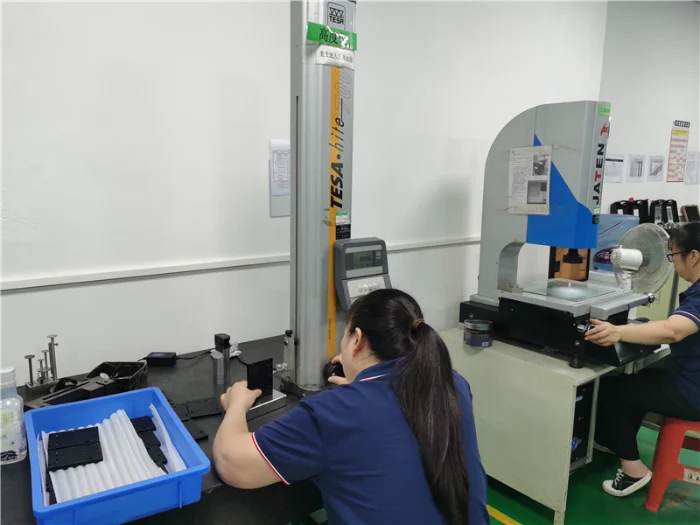
Conclusion of this artile
Stainless steel CNC machining services utilize high-precision control (±0.01mm) and material adaptation technology to achieve complex structural machining of various types of stainless steel, such as 304 and 316L, significantly improving material utilization and production efficiency. WELDO provides a one-stop service from design optimization to global delivery, combining AI process planning and real-time quality monitoring to ensure the stringent requirements of high-end fields such as medical and aerospace. This service integrates digital twin and green manufacturing technologies and will achieve global capacity sharing through a cloud platform in the future, promoting the intelligent and low-carbon development of stainless steel precision machining.
What is the maximum precision achievable with CNC machining of stainless steel? Does it support micron-level tolerances?
We use five-axis CNC machine tools and a high-precision probe inspection system. Standard machining tolerances can be controlled within ±0.01mm, and complex structural parts (such as medical components and aerospace parts) support micron-level tolerances of ±0.005mm. Before machining, we simulate the cutting path using simulation software to ensure accuracy stability and provide a coordinate measuring machine (CMM) report as quality certification.
Stainless steel is prone to deformation. How do you avoid this in your machining process?
For the machining characteristics of 304/316 stainless steel, we adopt triple anti-deformation measures:
Process optimization: Staged roughing and finishing, with reasonable allowances to release internal stress;
Clamping design: Customized vacuum chucks or soft jaw clamps to reduce clamping deformation;
Parameter control: Dynamically adjusting spindle speed (800-3000rpm) and feed rate to avoid localized overheating.
Typical Case: A customer’s stainless steel valve body machining achieved a reduction in deformation from 0.15mm to 0.03mm through process optimization.
How are machining fees calculated? Are small batch orders accepted?
Fees consist of three parts: material cost, machining time, and complexity factor. We support per-piece or hourly pricing. We offer flexible batch services:
Small Batch (1-100 pieces): Suitable for prototype verification or customized parts, low minimum order quantity, lead time 3-5 days;
Large Batch (≥100 pieces): Through automated scheduling and tool reuse, unit price can be reduced by 20%-35%.
Special Offer: First-time customers can enjoy free process review and sample production.
Can you machine special stainless steel grades (such as duplex steel, precipitation hardening steel)?
We have the capability to process all stainless steel materials, covering:
Austenitic steel (304/316L): High corrosion resistance, suitable for the food and medical industries;
Martensitic steel (420/440C): High hardness, used for cutting tools and molds;
Duplex steel (2205/2507): High strength and resistance to chloride ion corrosion, suitable for marine equipment;
Precipitation hardening steel (17-4PH): Strengthened through heat treatment, used for precision structural components.
A material compatibility report will be provided before processing to ensure that process parameters match material properties.
What surface treatment options are available after processing? Can you provide a one-stop service?
We provide a full-process service from processing to post-processing. Surface treatment options include:
Mechanical polishing: Mirror finish (Ra≤0.2μm), suitable for optical components;
Electrolytic polishing: Improves corrosion resistance, meets FDA standards;
Sandblasting/brushing: Matte or textured surface, enhancing appearance;
Passivation treatment: Forms an oxide film, extending service life.
Advantages: Processing and surface treatment are completed in the same workshop, avoiding damage during transportation and shortening the delivery time by 40%.
